Radio towers are typically tall structures designed to support antennas for tele communications and broadcasting, including television. There are 2 main types: guyed and self-supporting structures.
They are among the tallest human-made structures. Masts are often named after the broadcasting organizations that originally built them or currently use them.
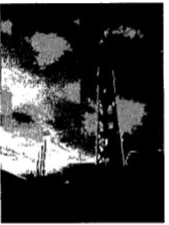
On a similar concept, a radio - station tower was built in two sections A and B. From a point 24 m from the base of the tower, the angle of elevation of the top of section A is 30∘ and the angle of elevation of the top of section B is 45∘).
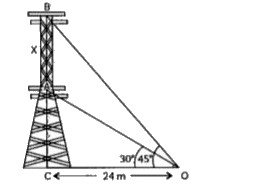
The height of the section A is
13.84 m
14.6 m
16.7 m
34.6 m
Step by step video & image solution for Radio towers are typically tall structures designed to support antennas for tele communications and broadcasting, including television. There are 2 main types: guyed and self-supporting structures. They are among the tallest human-made structures. Masts are often named after the broadcasting organizations that originally built them or currently use them. On a similar concept, a radio - station tower was built in two sections A and B. From a point 24 m from the base of the tower, the angle of elevation of the top of section A is 30^(@) and the angle of elevation of the top of section B is 45^@). The height of the section A is by Maths experts to help you in doubts & scoring excellent marks in Class 10 exams.
Updated on:21/07/2023Topper's Solved these Questions
Similar Questions
Knowledge Check
Radio towers are typically tall structures designed to support antennas for tele communications and broadcasting, including television. There are 2 main types: guyed and self-supporting structures.
They are among the tallest human-made structures. Masts are often named after the broadcasting organizations that originally built them or currently use them.
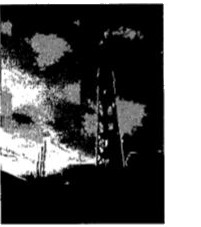
On a similar concept, a radio - station tower was built in two sections A and B. From a point 24 m from the base of the tower, the angle of elevation of the top of section A is 30∘ and the angle of elevation of the top of section B is 45∘).
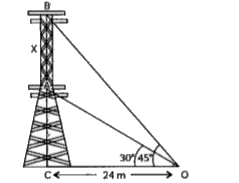
The height of the tower isA17.9mB24mC31.6mD20 mRadio towers are typically tall structures designed to support antennas for tele communications and broadcasting, including television. There are 2 main types: guyed and self-supporting structures.
They are among the tallest human-made structures. Masts are often named after the broadcasting organizations that originally built them or currently use them.
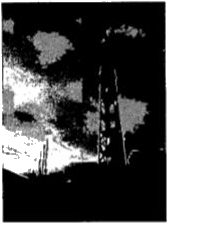
On a similar concept, a radio - station tower was built in two sections A and B. From a point 24 m from the base of the tower, the angle of elevation of the top of section A is 30∘ and the angle of elevation of the top of section B is 45∘).
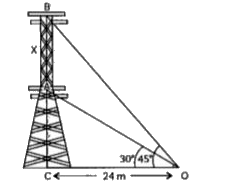
On the basis of the above information, answer any four of the following question:
The length of the wire structure from the point o to the top of section B isA11.8 mB14.6 mC27.7 mD33.84 mRadio towers are typically tall structures designed to support antennas for tele communications and broadcasting, including television. There are 2 main types: guyed and self-supporting structures.
They are among the tallest human-made structures. Mosts are often named after the broadcasting organizations that originally built them or currently use them.
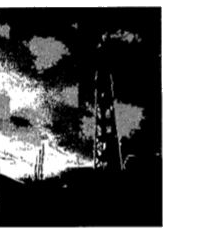
On a similar concept, a radio - station tower was built in two sections A and B. From a point 24 m from the base of the tower, the angle of elevation of the top of section A is 30∘ and the angle of elevation of the top of section B is 45∘).
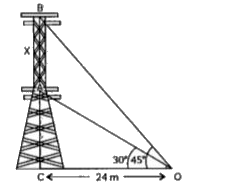
On the basis of the above information, answer any four of the following question:
The length of the wire structure from the point to the top of section A isA11.8 mB14.6 mC27.7 mD33.84 m
Supportive skeletal structures in the human external ears and nose tip are of
View SolutionFor television broadcasting the frequency employed is normally
View SolutionFor television broadcasting , the frequency employed is normally
View SolutionThe supportive structure of our pinna is also found in
View SolutionRange of frequencies allotted for commercial FM radio broadcast is
View Solution
